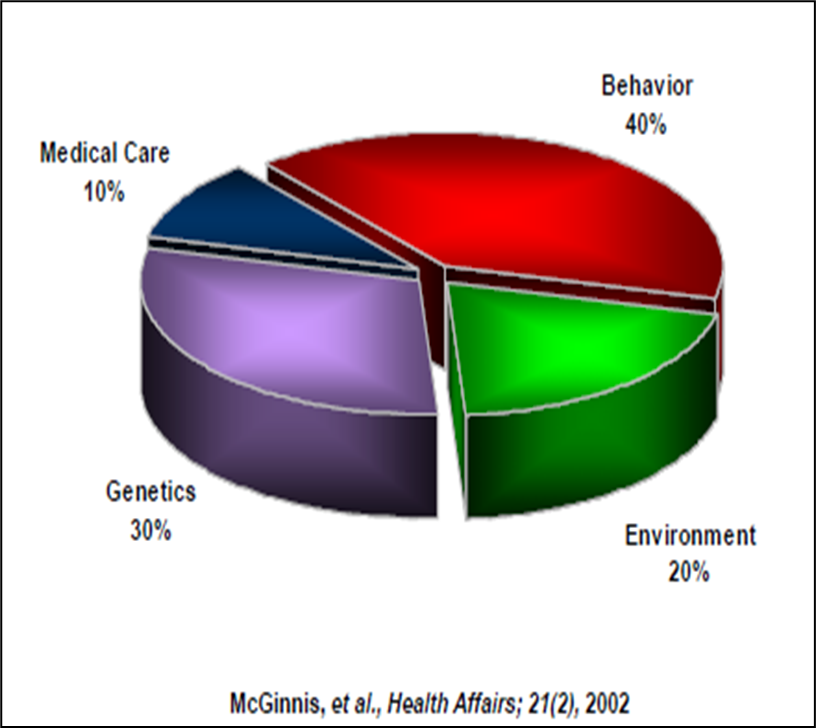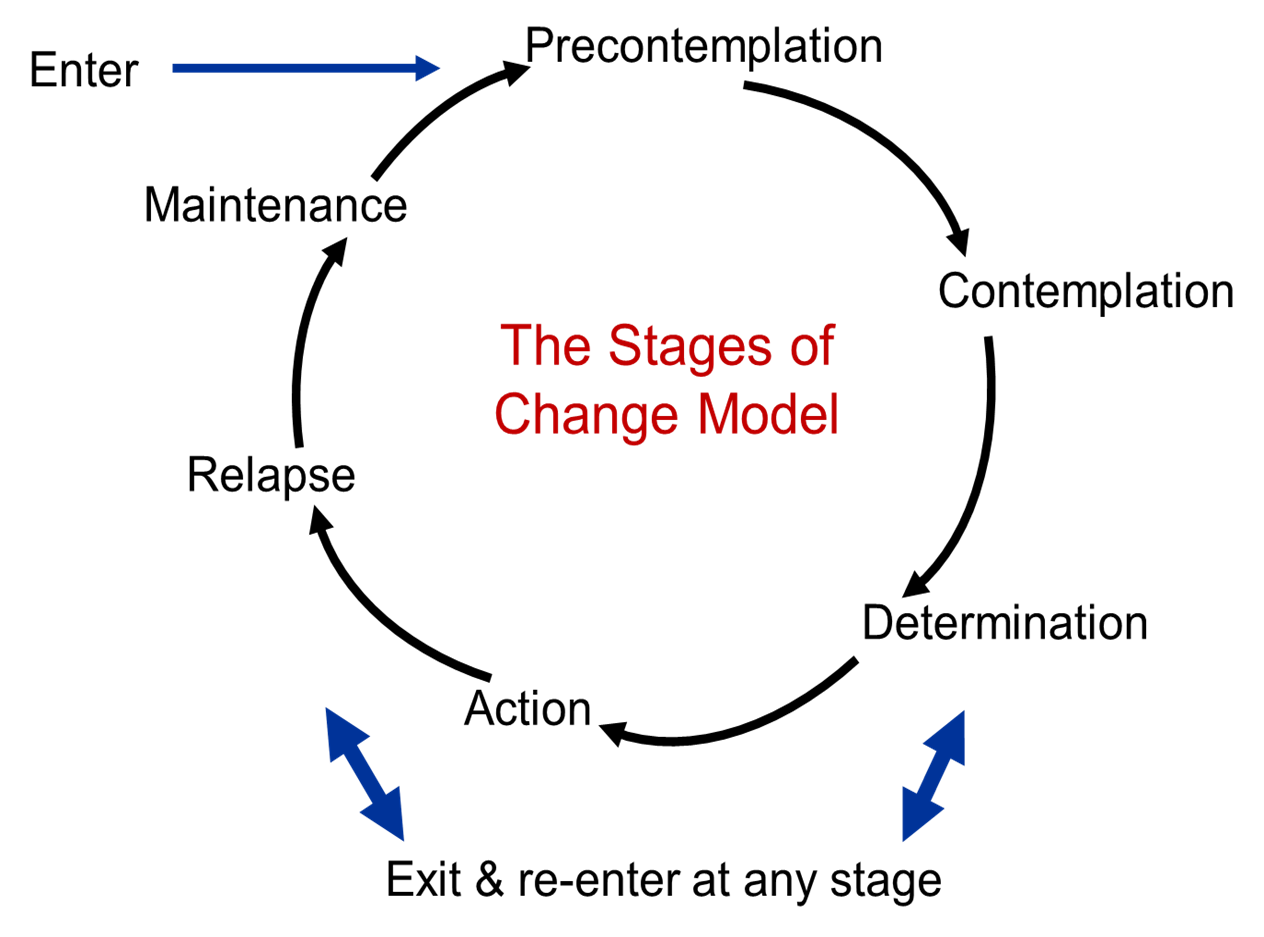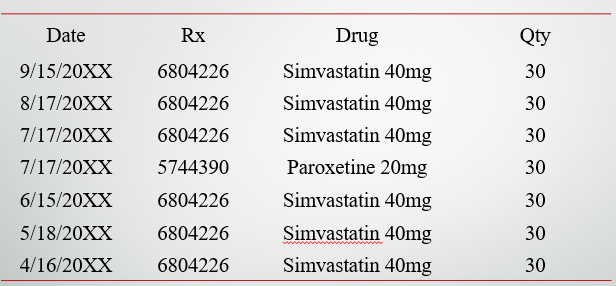HP Systems HP beliefs & behavior
1/33
There's no tags or description
Looks like no tags are added yet.
Name | Mastery | Learn | Test | Matching | Spaced |
|---|
No study sessions yet.
34 Terms
Health Behavior
Any activity undertaken for the purpose of preventing or detecting disease or for improving health and well-being (Conner and Norman, 2005)
health behaviors
Roll model, Family history, knowledge; smoking beliefs, depression are examples related to
health

Based on the pie chart, majority of spending has been focused on
Health behavior
Behavior patterns, actions and habits that relate to health maintenance, to health restoration and to health improvement (Gochman, 1997)
HB Theories
Behavior change model. Willingness to change is due to health perceptions.
Perceived susceptibility
Am I at risk of a negative health outcome?
The following text relates to…
Perceived susceptibility
A woman must believe there is a possibility of getting breast cancer before she will be interested in getting a mammogram
The following text relates to…
Perceived severity
How bad would the consequences be of a negative outcome?
The following text relates to …
Perceived severity
Feelings about the seriousness of contracting a disease or of leaving it untreated
Perceived threat
Combination of perceived susceptibility and perceived severity
Perceived severity
Leaving breast cancer untreated will have serious painful outcomes that may be fatal
Perceived benefits
What can I gain by changing my behavior?
The following text refers to what?
Perceived benefits
Even if a person has high perceived threat, whether this threat leads to a behavior change will be influenced by the person’s beliefs regarding the various available actions for reducing the disease threat.
Perceived barriers
What stands in the way of my behavior?
The following question relates to what?
Perceived barriers
A kind of nonconscious, cost benefit analysis occurs wherein individual weigh the actions expected benefits with imagined obstacles
The most powerful predictor of behavior change.
Cues to action
What will give me the motivational support needed to make the final push to change?
The following text relates to what?
Cues to action
External
Prompting a desire to take action
Self-efficacy
Person’s belief in their ability to make a change.
Self-efficacy
Do I believe that I can overcome barriers to make change?
Transtheoretical Model of change

The following image represents what?
Precontemplation
Unaware, unwilling, or too discouraged to change.
Usually not willing to try anything within next six months or longer.
Decisional balance tipped towards the cons of engaging
The following characteristics relates to?
Precontemplation
Listening and empathic responding
Nonjudgmental approach
Not seeking any information, so educational intervention may not help
Effective questioning to assess resistance
The following strategies relates to what?
Contemplation
Active consideration of change; thinking about trying something within 6 months; low self-efficacy; temptation to “stay the same”.
Decisional balance tipped towards the cons of engaging; still not willing to change
The following characteristics relates to what?
Contemplation
Listening and empathic responding
Educational intervention
Effective questioning
Developing discrepancies (especially perceived barriers/ benefits of the change)
The following strategies mention relates to what?
Preparation/Determination
Patient is ready to engage in the behavior in next month, have made at least one attempt in the past year, beginning to set goals and “psych” self up
Individuals are unsure that they can carry out the treatment plan because of confidence issues or relapse in the past.
Decisional balance tipped towards the pros of engaging in new behavior
The following characteristics relates to what?
Preparation/Determination
Action oriented strategies are to be considered
Setting small goals and removing barriers to change
Discuss plan of action and praise for the patient are important
The following strategy text relates to what?
Action
Decisional balance tipped towards the pros of change
Typically engaged in new behavior < 6 months
Can be stressful
Engaging willpower
Typical situation for most 1st refill encounters
The following characteristics relates to what?
Action
Listening and empathy
Avoid argumentation
Continual encouragement and emotional support
ID reasons for relapse
The following strategies relate to what?
Maintenance
Decisional balance tipped towards the pros of behavioral change
Engaged in behaviors for at least 6 months
Patient can ID situations and self-defeating behaviors that encourage relapse
The following characteristics relate to what?
Maintenance
Listening and empathy
Open assessment of situations likely to produce a relapse; relapse prevention
Continual encouragement and emotional support
Key is to attack problems, NOT people
The following strategies relates to what?
Preparation/ Determination
KN is a 40 y.o. female with hyperlipidemia
Current meds include:
Simvastatin 40mg once a day
KN was recently diagnosed with depression which requires her to start on paroxetine 20 mg once a day.
What stage of change is characterized by this encounter for Paroxetine

Theory of Planned Behavior (TPB)
Used to predict and understand a wide range of health-related behaviors such as use of birth control pills, weight loss, condom use, alcohol use, cannabis use, homeopathic medicine use, herbal medicine use.
Behavioral intention
STR determinant of behavior in the theory of planned behavior
Attitude, subjective norm, & behavioral control
Intention is predicted by